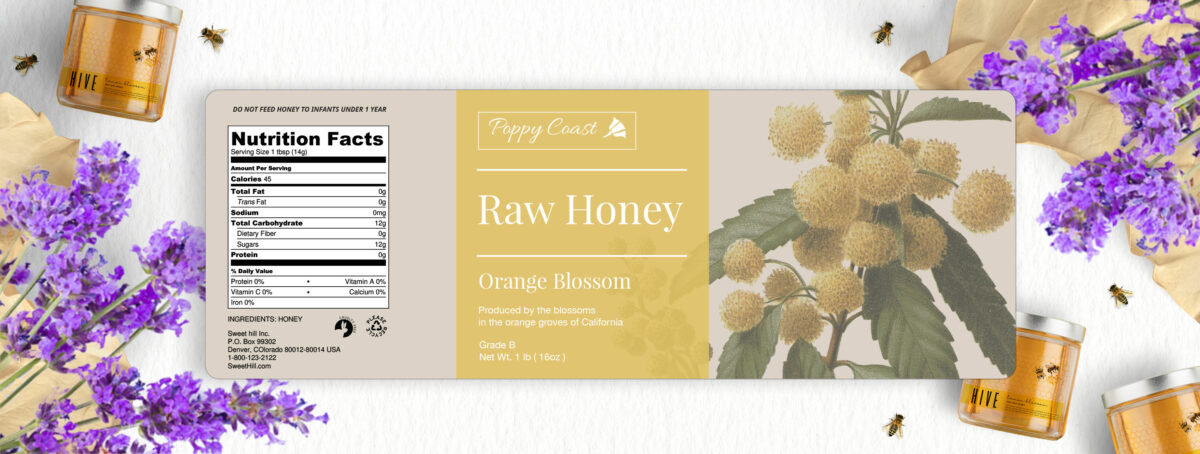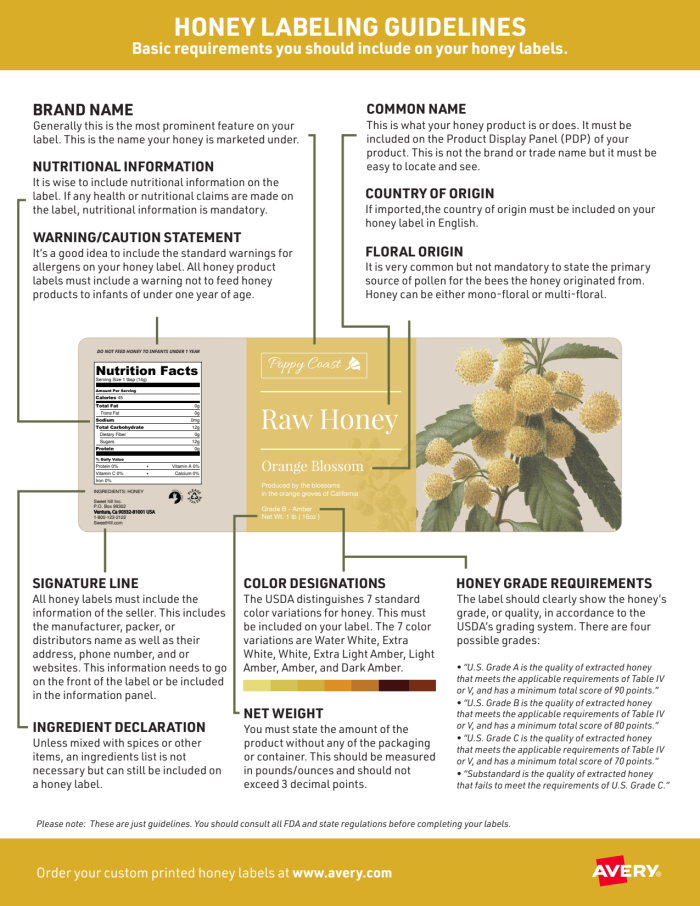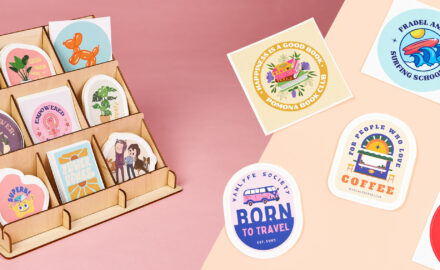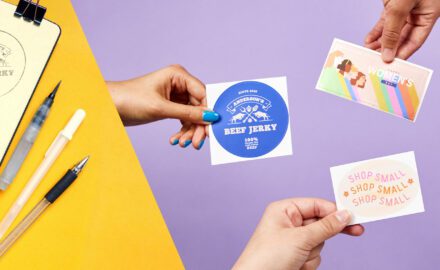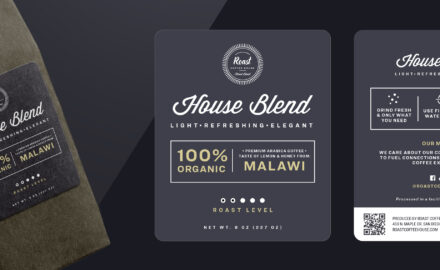Learn the essential requirements and creative tips for labeling your honey products
Labeling honey correctly is essential for both compliance and customer trust. In the U.S., honey labels must follow FDA regulations, and ensuring your labels meet these requirements can protect your business from misbranding or misrepresentation. While the FDA doesn’t have specific rules just for honey, they provide detailed guidelines for food products that also apply to honey.
This article will walk you through what must be included on your honey labels, how to comply with regulations, and creative options that can set your honey apart on the shelf. We’ve also included a downloadable PDF to help you easily reference the necessary information for your labels.
Required Information for Your Label
Before designing your honey labels, it’s essential to familiarize yourself with the necessary regulations and best practices. Labeling honey accurately not only ensures compliance with FDA guidelines but also builds trust with your customers by providing clear, truthful information.
Starting with a solid understanding of what’s required and what’s optional sets the foundation for creating labels that are both functional and appealing.
Common Name
The “common name” refers to what your product is—simply, “honey.” The name must be easy to locate and should be prominently displayed on your label. If your honey contains other ingredients (e.g., sweeteners or flavors), those should also be clearly indicated in the name, such as “Honey Blend with Corn Syrup” or “Ginger-flavored Honey.” If your honey includes sweeteners, be sure to include both the common name of the sweetener and the ingredients list.
Net Weight
The net weight refers to the actual product weight, not including the packaging. This must appear within the bottom 30% of the principal display panel (PDP) of the outer packaging, as well as on any inner packaging. Be sure to measure your honey by weight.
Manufacturer/Distributor Information
Include the name and address of the manufacturer, packer, or distributor. This allows customers to contact the producer if necessary. Ensure the text is at least 1/16 of an inch tall and clearly legible.
Ingredient Declaration
List all ingredients in descending order of weight. This is particularly important if your honey contains other substances such as flavorings, sweeteners, or other additives. Ensure the text contrasts sufficiently with the background for readability. Keep in mind that certain ingredients, like spices or incidental additives, may be exempt from labeling.
Information for Added Value

While the following items are not required by the FDA, including them on your honey labels can enhance their appeal and provide customers with valuable insights about your product. These details not only help convey the quality and uniqueness of your honey but also build trust with consumers by offering additional transparency. Incorporating these elements can set your honey apart on store shelves or in farmers’ markets, making it easier for customers to understand its origin, grade, or specific benefits.
Brand name
Although it’s not mandatory, adding your brand name to the PDP helps with brand recognition and can encourage repeat business.
U.S. grade
If you choose to include the U.S. Grade on your label, be sure it’s accurate and reflects the honey’s moisture and color. Including this can add credibility to your product.
Warnings
Including a warning such as “Do not feed to infants under one year of age” is a recommended safety measure. This helps ensure customers are aware of the potential risks to infants due to the presence of Clostridium botulinum spores in some honey.
Honey source
Including the floral source of the honey, like “Clover Honey,” is optional but can help consumers identify your product. Be sure all claims are truthful and not misleading.
Nutrition facts
While you’re exempt from including a nutrition label if your annual gross sales are below $500,000 and you don’t make any nutrition claims, adding this can still be beneficial if it’s relevant to your product.
Country of origin
If your honey is imported, you must include the country of origin on the label.
Make Your Honey Labels
Once you’ve gathered all the necessary information for your honey labels, it’s time to bring your design to life. Creating a visually appealing label that meets all regulations can seem daunting, but Avery simplifies the process. With a wide selection of free customizable templates, you can start with a professional design and tailor it to match your branding.
Whether you prefer a polished, ready-to-use design or want to upload your unique artwork, Avery provides the flexibility you need. Plus, with the professional printing services from Avery, you can ensure high-quality results that enhance the presentation of your honey products. Or you can print your honey labels yourself using blank honey labels.
Design Tips
Choose the right label material to ensure your honey jars or squeeze bottles are durable and resistant to moisture—waterproof labels are an excellent option for this purpose. You can also order squeezable film labels on rolls from WePrint for squeeze bottles or unique shapes.
With free Avery templates, you can quickly design your labels or upload your own artwork for a more personalized touch that aligns with your brand.
Choosing the Right Material
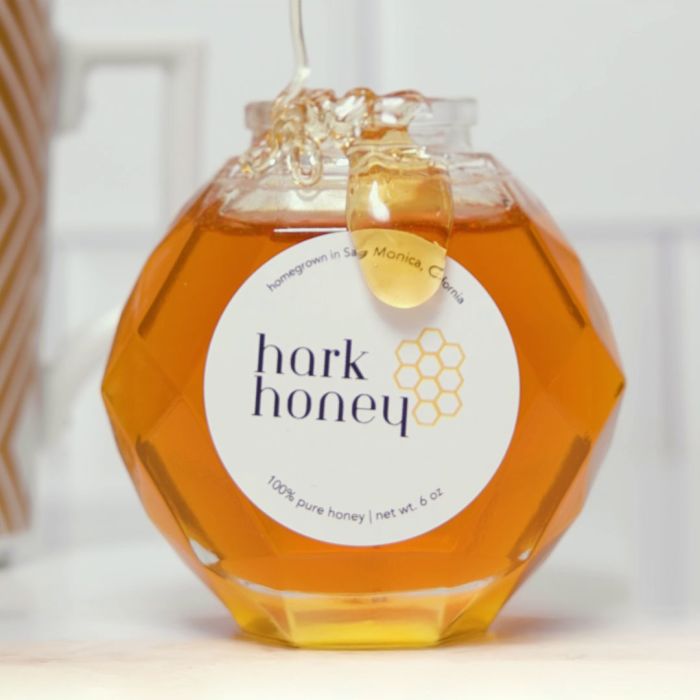
The material you choose for your honey labels plays a significant role in both functionality and aesthetics. Since honey packaging often encounters sticky spills, moisture, or refrigeration, selecting a durable label material is essential to maintain its professional appearance.
Waterproof Labels: These are ideal for honey jars or squeeze bottles as they resist smudging, peeling, and wrinkling, even when exposed to moisture. Waterproof materials, like film labels, ensure your branding stays intact and readable.
Squeezable Labels: If you’re using squeeze bottles, opt for flexible, squeezable label materials that conform to the bottle’s shape without creasing or peeling. These materials provide a polished look while staying durable.
Rustic or Specialty Finishes: If your honey brand emphasizes an artisanal or natural vibe, consider materials like kraft paper or matte finishes. These options can complement a rustic aesthetic and make your product stand out on shelves.
Pair your label material with a finish that aligns with your brand’s image. Glossy finishes can give a modern and vibrant look, while matte finishes convey a more understated and elegant style.
By carefully selecting the right material, you’ll ensure your honey labels remain attractive, legible, and durable, no matter the conditions they face.
Selecting the Right Label Shape
Label shape plays a key role in enhancing the overall appeal of your honey packaging. If you sell honey in unique containers, such as squeeze bottles or hexagonal jars, using custom-shaped labels can help emphasize your product’s distinctiveness and make it more eye-catching on the shelf. A label shape that complements the design of your packaging not only adds to its visual charm but also creates a cohesive and professional presentation for your brand.
Ordering Your Honey Labels
Once you’ve finalized your label design, it’s time to bring it to life with Avery. You can choose to order blank honey jar labels that you can print yourself, offering flexibility and control for smaller batches or last-minute changes. Alternatively, for a more polished, high-quality finish, try the professional printing service from Avery WePrint make it easy to order custom honey labels that showcase your design with precision and vibrant colors.
With a variety of materials and finishes available, including waterproof and squeezable options, Avery ensures your labels are not only visually appealing but also durable and functional. No matter your choice, Avery offers fast turnaround times and the efficiency you need to keep your honey products looking their best.
Conclusion
Creating honey labels that comply with FDA regulations while also standing out on the shelf can be a seamless process with the right approach. By following these steps, you ensure that your honey products are correctly labeled, providing consumers with all the necessary information and boosting your brand’s visibility.
For any questions regarding label design, materials, or size, don’t hesitate to reach out to Avery’s Customer Care Team at (800) 462-8379.
If you have any questions about what label material to choose or how to get the right size label, feel free to call our Customer Care Team at (800) 462-8379 and they’ll be happy to answer your questions.

